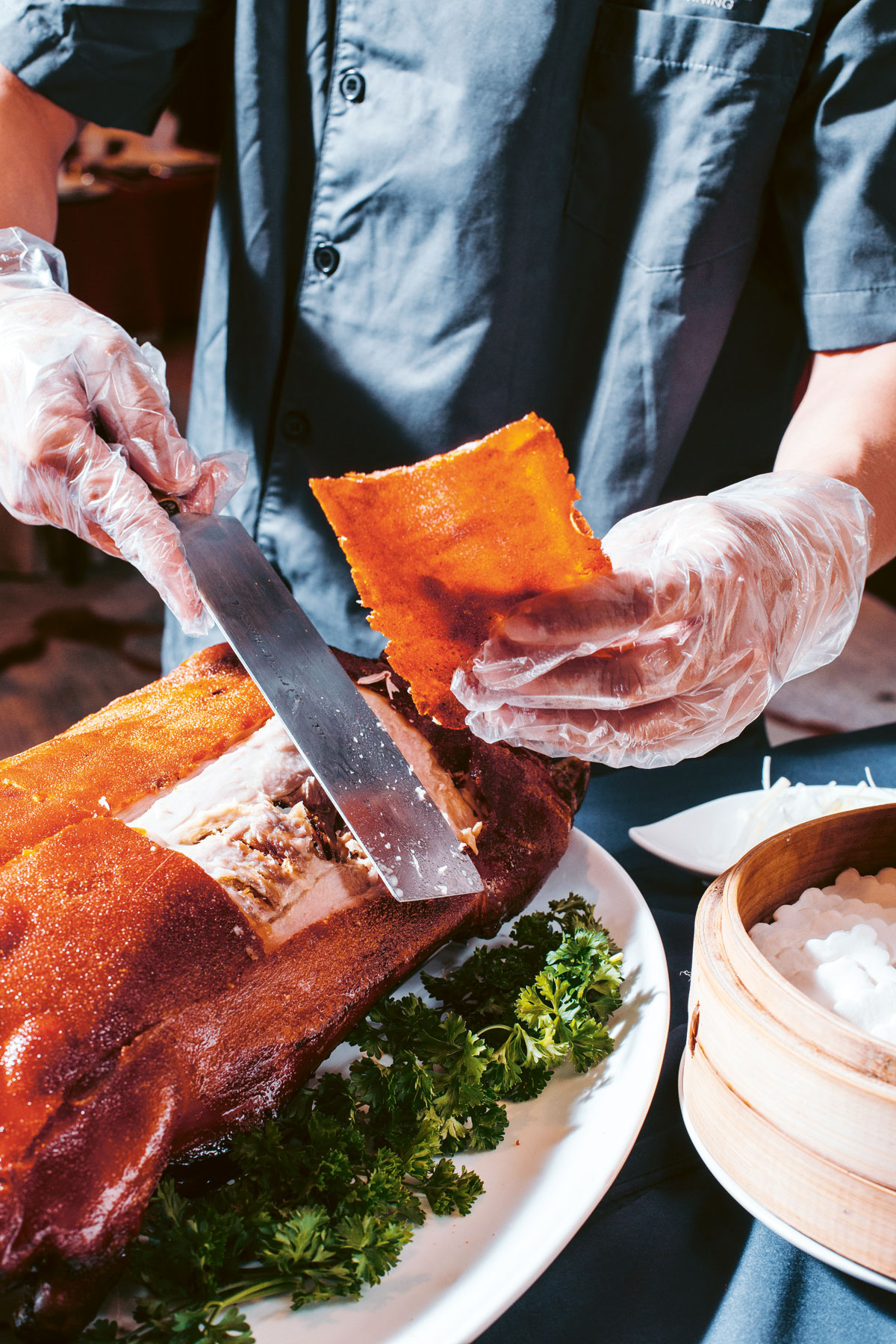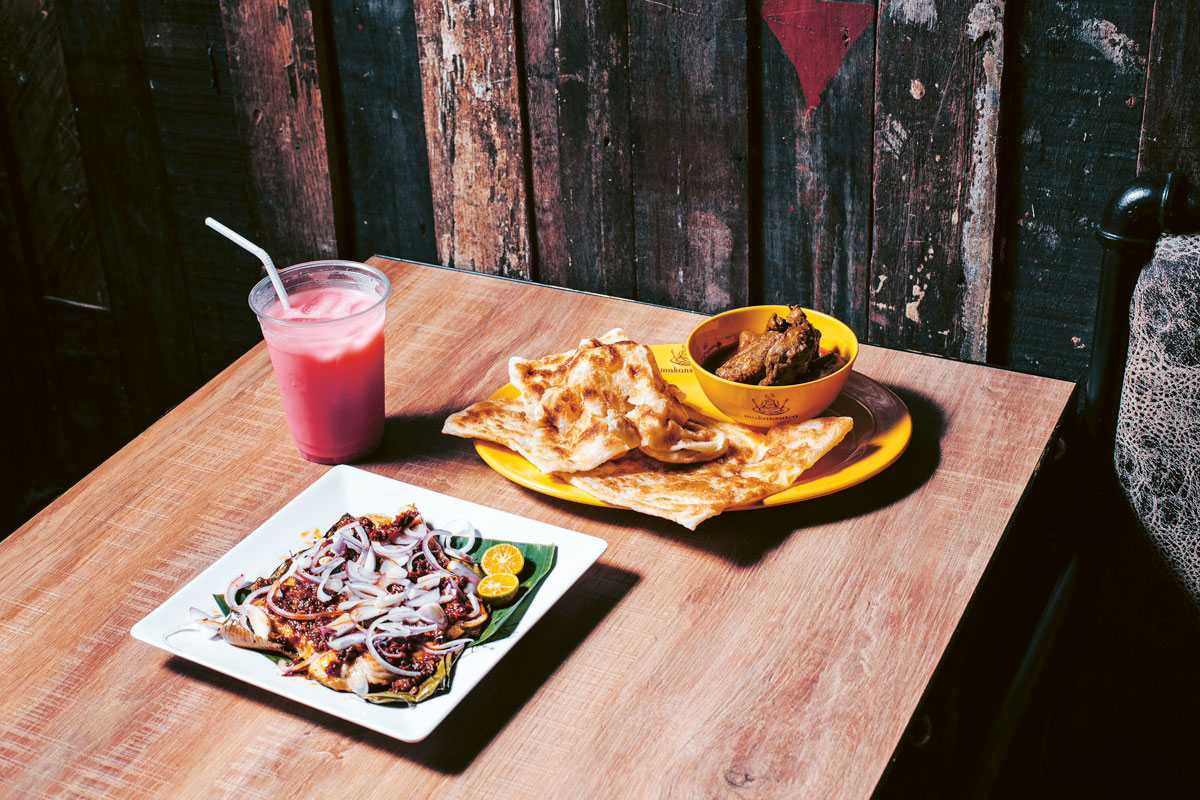It’s obvious. Asian food is in.
However, while the world celebrates Nouvelle Filipino dishes in New York’s boroughs and we play around with modernized versions of local stews and Malay braises, there remains a buzzword refusing to go away: authenticity.
True, the rules are bending now more than ever. In fact, fusion is no longer reviled like it was a couple of years ago. Young, adventurous chefs are smart yet cautious, carefully tiptoeing the fine line that separates the innovative from the hot messes. Perhaps, it is the blurring of these lines, an embracing of Asian flavors coupled with Western techniques, or vice versa, which spurred the rise of a movement in a different direction.
Tasting tradition

For Annabelle Chua, CEO of Xiu Fine Cantonese Dining, it was never about following a trend. If there ever was a local clamor for Asian cuisine, she was completely oblivious to it. “We’re just sticking to what we know,” admits Chua, whose family owns Lugang Cafe, Tuan Tuan, and The Dessert Kitchen.
While these establishments move freely within different regional Chinese cuisines, Xiu is decidedly traditional Cantonese. After all, it is a joint venture between Chua’s group (she has a different set of partners for Xiu) and Hong Kong restaurant West Villa, a collaboration she says she fought hard to finalize.
“They (West Villa) don’t need us!” she says. “They’re doing well on their own in Hong Kong, they don’t need the Philippine market. However, I think the local restaurant scene needs something like them.”
True to form
It’s hard to ignore the glitz of the obligatory crystal chandeliers or the menu that reads like an emperor’s banquet—suckling pig two ways; sautéed lobsters with egg white; scallops in truffle paste; shark’s fin in double-boiled broth. All are prepared according to their Hong Kong partners’ high standards.
“People started exploring different Southeast Asian countries such as Cambodia and Vietnam where everything’s cheap. That was when we discovered what real pho tastes like and banh mi and seafood laksa. Eventually, what we had locally was no longer good enough. We wanted the real thing,” says Him Uy de Baron.
Past the shimmering ambience and the ostentatious dishes is Xiu’s devotion to traditional Cantonese cooking ensured by a battalion of chef imports from Guangdong province. This is an element that, despite the elegant trappings, puts them comfortably in the same breath as [the now defunct] Makansutra, Singaporean TV personality KF Seetoh’s hawker stall concept. Him Uy de Baron is the only local partner with restaurant experience so he was tasked with heading operations at the sprawling flagship store in SM Megamall.
“When the Singaporean partners decided it was time to expand, they explored several prospects—Malaysia, Hong Kong, the Philippines. It was here, they said, that the market seems most vibrant and most appreciative of their concept and cuisine.”
It was a year ago when Seetoh got in touch with local food writer and entrepreneur JJ Yulo and, now, Makansutra Hawkers is attracting crowds of both well-traveled locals and expats from the Ortigas business district. When asked if he noticed Asian food is trending, Uy de Baron says “that started more than five years ago with the Japanese food invasion, when budget airlines made travel available to the growing middle class. Then people started exploring different Southeast Asian countries such as Cambodia and Vietnam where everything’s cheap. That was when we discovered what real pho tastes like, and banh mi, and seafood laksa. Eventually, what we had locally was no longer good enough. We wanted the real thing.”

It is this “real thing” that Xiu offers, at a price of course. Cantonese food in the Philippines has been, for many years now, prominent. However, Chua shares that many local Chinese restaurants are becoming less traditional and willing to bend to the whims and preferences of the Filipino market.
“Filipinized,” Chua wrinkles her nose. “Not that it’s a bad thing but it’s no longer Cantonese.” She further stresses her point by sharing how our local hoisin sauces are too sweet according to their Cantonese chefs. Their sauces are imported from Beijing, where the hoisin is not anywhere near as sugary as the ones locally available. Even the Filipino-Chinese community, whose elders mostly hail from the Fujian province, would have to look elsewhere for regional fare.

Same thing with Filipino hawker fans who have been let down by local offerings for far too long. Makansutra brought in their hawkers from the original branch to train local cooks who will man their stalls in SM Megamall.
“There is no central kitchen where everything is prepared beforehand,” Uy de Baron says. “All the cooking takes place in their respective stall. It’s all specialized.” Therefore, the seafood laksa tastes as it would in the Singapore Makansutra as well as the oyster omelet and chicken and sausage claypot rice. The only stall developed locally is Gooba Hia, a collaboration between Uy de Baron and Yulo, which is their elevated take on beef pares.
Annabelle Chua shares that many local Chinese restaurants are becoming less traditional and willing to bend to the whims and preferences of the Filipino market. “Filipinized,” she wrinkles her nose. “Not that it’s a bad thing, but it’s no longer Cantonese.”
With the cheaper beef chunks usually reserved for the stew, Uy de Baron added tripe and gelatinous tendon. This can be consumed with Hong Kong noodles or rice, and always with a side of soft-boiled egg. With anise and other Chinese spices more pronounced, the dish sits perfectly at ease in the middle of its Singaporean counterparts.
It’s almost too easy, but it seems that spotting the next trend is as simple as looking where the next cheap flights are. “So many cuisines to be discovered in Asia alone,” Uy de Baron says. “Every province in China has its own specialties. And let’s not forget the Middle East. So many of our OFWs are coming home with a taste for that kind of food.”
Chua, too is also not looking far, but looking up. “Elevating Asian cuisine such as Thai and Korean food. So far, we have only been exposed to their street foods. But, if you explore and research, you’ll find that there are so many dishes in those countries that are refined and reserved for special occasions.”





